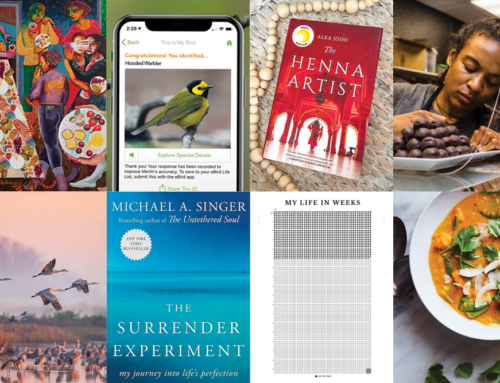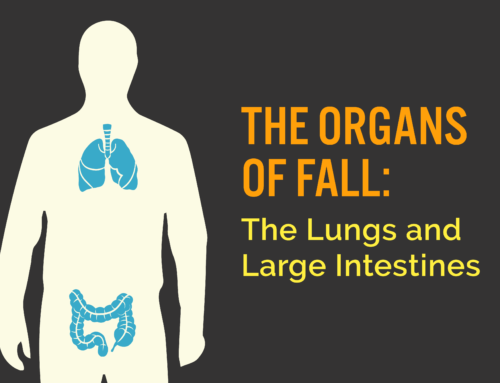Originally published in the New York Times by Melissa Kirsch
Welcome. In a couple weeks, it will be Thanksgiving, a holiday whose most cherished traditions — gathering in large groups, communal meals, a million permutations of togetherness — are off limits this year. We’re reconfiguring our celebrations, arranging video feasts, halving or quartering the mashed potato recipe to make Thanksgiving conform to the new rules of the season.
One tradition that inspires mixed feelings is the time during dinner when each attendee tells the assembled what they’re thankful for. Reflecting during a raucous banquet is an often disconsonant moment, a call for vulnerability that can be moving or (depending on the amount of wine consumed) embarrassing. The writer A.J. Jacobs, in 2018, described the custom as “more painful than hand-scrubbing the casserole pan,” before endorsing the practice anyway.
This year, expressing gratitude seems more essential than ever. It’s been difficult lately not to focus on what we’re missing, the people we’re not seeing, the places we’re not going and the things we’re not doing. Articulating what we’re thankful for is a radical act in the midst of a hard time. Turning our attention to the things we do have rather than what we don’t is a tough task, but a crucial one.
The psychologist David DeSteno wrote in The Times last year that gratitude is wasted on Thanksgiving. He pointed out that “one of gratitude’s central purposes is to help us form strong bonds with other people” and the moment when we’re surrounded by our families and those we love best, we’re not looking to forge bonds. Of course, that observation presupposed a regular Thanksgiving, a scrum of loved ones around the dinner table, passing the yams. This year, we are doing what we can to feel closer, to generate Thanksgiving intimacy without actually occupying the same space. If we’re separated from our family and friends, then giving thanks, whether via video, email, text or from six feet across the yard may help us feel a little more connected to each other.






